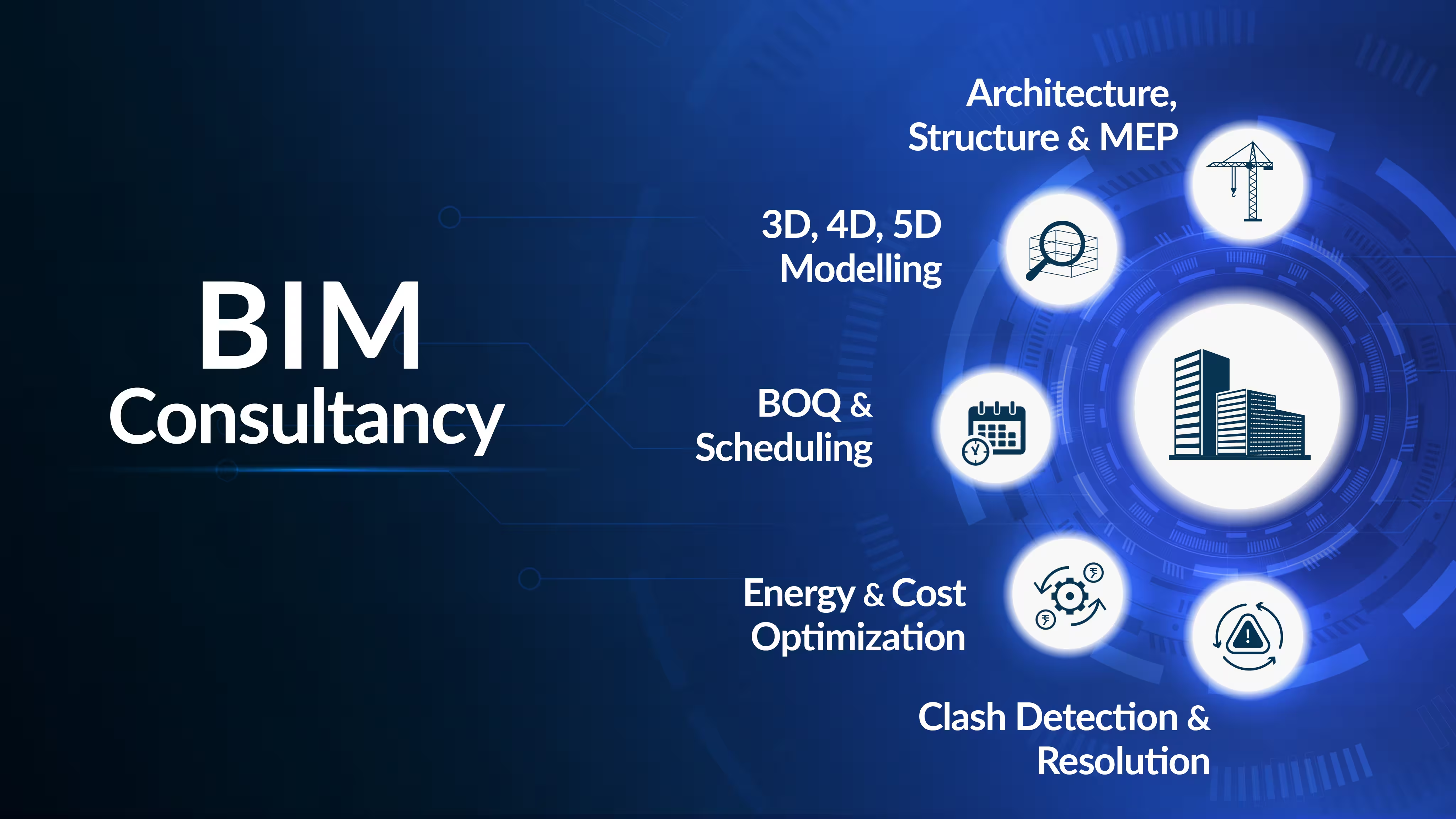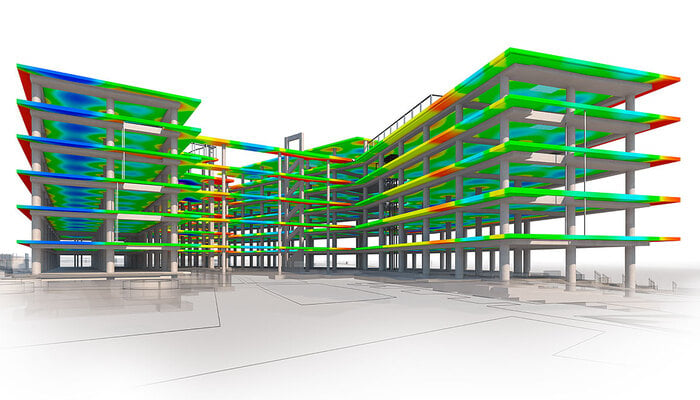How Can BIM Effectively Help End Corruption in the AEC Industry?

Table of Contents
BIM is revolutioning the AEC sector by transforming how physical environment is built and addressing one of the industry’s biggest challenges- Corruption. Construction projects are prone to unethical activities like bribery and fraud owing to their complex, large-scale, and multi-stakeholder nature. Professional fraud can cause significant delays, cost overruns, and subpar performance, which can potentially hurt the AEC sector’s reputation and public safety.
BIM aids in this by simplifying data collection and analysis throughout a project’s lifecycle, enabling stakeholders to monitor project progress, identify mistakes and inconsistencies, and communicate and collaborate effectively. This blog will explore how BIM can promote integrity, combat corruption, and encourage ethical construction practices in the AEC sector.
How is BIM Useful to the AEC Industry?
Take a look below to know how BIM is helping the AEC industry:
- BIM creates a virtual model of a building with detailed information, including materials, geometry, systems and structure. This allows all stakeholders to visualise the building in 3D and help maintain transparency.
- A specialised software helps the team create the model, manage it, and share it among other stakeholders. The BIM model is continuously updated with new information, such as changes in design or construction progress, keepin everyone posted.
- BIM enables data analysis and simulation, allowing AEC firms to assess various design solutions and optimise building performance.
Read more: Awesome BIM Projects Around the World You Can't Miss
The Impact of Corruption on the AEC Industry

Corruption is a significant challenge facing the AEC sector. The complexity and large size of construction projects, combined with the involvement of numerous stakeholders, provide opportunities for unethical practices such as bribery, fraud and kickbacks. Professional fraud can result in significant cost overruns, delays, and poor-quality work, which can have serious consequences for public safety, as well as damage the reputation of the AEC industry.
Corruption in the AEC industry can take many forms, including bid rigging, collusion and conflicts of interest. In many cases, corrupt practices can be difficult to detect, particularly when they involve complex contractual arrangements and the use of intermediaries. Additionally, it can erode public trust in the construction industry and create a perception of unfairness which can negatively impact social and economic development.
In addition, corruption can undermine public trust in institutions and the rule of law, impacting a loss of confidence in the government and private sector organizations. A negative cycle becomes more prevalent as individuals feel that they have to engage in dishonest activities to succeed in the industry.
How can BIM Bring Transparency to the AEC Industry?
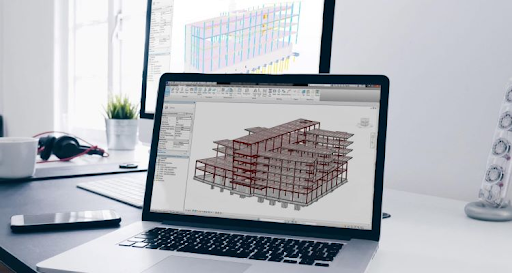
With the advent of digital processes such as BIM, it has become easier than ever to collect and analyze data throughout a project lifecycle. Below are the key ways in which BIM can be used to enforce transparency in the AEC industry.
1. Real-time Information Sharing
BIM enables stakeholders to access and share project data in real-time. This promotes transparency and accountability by allowing stakeholders to track project progress, detect errors and discrepancies, and communicate and collaborate effectively. By working together seamlessly and exchanging information about the project in real-time, stakeholders can reduce the risk of delays, misunderstandings and disputes, which can be costly and time-consuming.
2. Improved Data Quality
BIM can help implement transparency by ensuring that project data is accurate, up-to-date, and accessible to the entire project team. Reducing the risk of errors and inconsistencies can help resolve disputes and delays. By standardizing data and ensuring that all related firms are working with the same set of information, BIM projects can boost interoperability.
3. Information Sharing Across Different Stages
Introducing digital transformation in different disciplines has helped facilitate seamless information sharing across different stages of a project lifecycle, from planning and design to construction and maintenance. BIM promotes consistency and accuracy since various design teams can easily work in conjunction with one another. Additionally, BIM allows stakeholders to access information about a project from a single source enabling transparency and reducing the risk of misunderstandings and disputes.
How Can the AEC Industry Overcome Resistance to BIM Adoption?
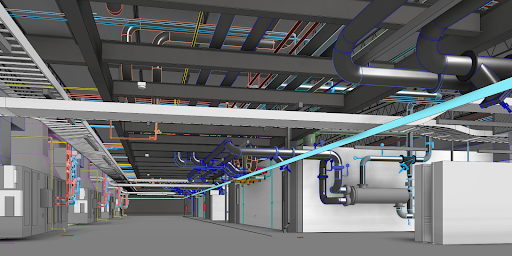
BIM is a highly beneficial tool for the AEC industry. However, it is still not widely accepted by AEC professionals due to lack of knowledge, absence of expertise, high cost, and the domain’s resistance to change. Below are some key ways through which BIM can acquire large-scale applications in the industry.
1. Education and Training
Providing education and training on the benefits as well as how to use the BIM technology, can help to build confidence and familiarity and make it easier for firms to embrace BIM use. This would include familiarising the software and sharing information about how BIM can improve project management, reduce errors and rework.
2. Incentives
Offering incentives to employees, contractors and clients who successfully use of BIM can help provide positive feedback in the construction sector. Companies can offer bonuses or other rewards to employees successfully integrating BIM use on their projects. Clients on the other hand can seek BIM usage as an integral aspect in project contracts, again, encouraging contractors and project managers to adopt the technology in order to secure business. This can serve as a motivation to use BIM, and its adoption can become a positive aspect of the business culture.
3. Pilot Projects
Starting with smaller, pilot projects can be a less intimidating effort to ease construction professionals into the use of BIM, allowing them to assess the software’s benefits firsthand before implementing it on larger projects. These pilot projects can be low-risk and low-cost, allowing stakeholders to test out BIM with minimal investment.
4. Collaboration and Communication
Encouraging collaboration and communication through the BIM process will bring architects, engineers, contractors, and other associated professionals together early in the design process, strengthening the effectiveness of work. The 3D model which is generated for projects reflects components of all project collaborators simplifying project visualisation during the construction phase itself.
5. Standardization
Standardizing BIM processes and protocols can help reduce the learning curve and streamline workflows. By establishing a common set of standards and procedures, stakeholders can more easily incorporate changes in their 3D model. These would then reflect on all subsequent drawings, reducing the likelihood of errors and inconsistencies. The development of industry-wide standards for BIM can also promote greater trust and transparency between stakeholders, helping to overcome resistance to BIM adoption.
How Can Governments Promote BIM Usage to Combat Corruption?
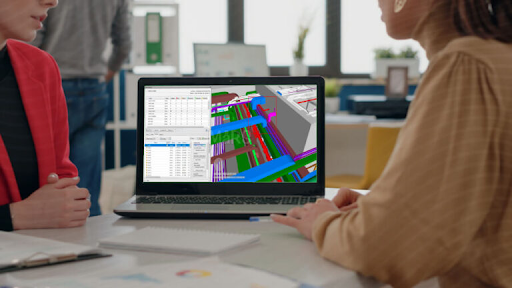
Governments can play a crucial role in the rapid adoption of BIM across the globe. Mentioned below are the key strategies through which governments can play an important role in BIM use and promotion.
1. Mandate BIM Usage
Making BIM usage mandatory for public construction projects would promote transparency and accountability amongst professionals. It can be leveraged as a tool to ensure that public funds are used efficiently and effectively.. A government mandate will also prompt private sector companies to slowly follow suit and be onboard with BIM adoption.
Read more: BIM Adoption Around the World: Ranking Countries from Best to Worst
2. Provide Funding and Resources
Governments can provide funding and resources by training and educating industry professionals. They can also invest in the development of BIM software and infrastructure and help to create a more competitive and innovative AEC industry, while also promoting transparency and accountability.
3. Collaborate with Industry Associations
Governments can collaborate with industry associations and organizations to promote best practices for BIM implementation and usage. This can include the development of industry-wide standards for BIM, as well as the creation of training and certification programs. By working with industry associations, governments can help to ensure that BIM is used effectively and ethically in the AEC industry.
4. Provide Incentives
Governments can provide incentives to companies that successfully implement BIM. This can include tax credits, subsidies, or other financial incentives. This can motivate companies to adopt BIM, which can help to reduce corruption and promote transparency in the industry.
5. Enforce Regulations and Punish Wrongdoers
Governments can enforce regulations related to BIM usage and punish those who engage in corrupt practices. This can include fines, penalties or taking a legal action against companies or individuals who engage in malpractices related to BIM implementation. By taking action against wrongdoers, governments can deter corruption in the AEC industry and promote the ethical use of BIM.
In Conclusion
By creating a collaborative and integrated approach to construction, BIM has the potential to significantly reduce the risk of corruption and unethical practices in the industry. The use of BIM can also help to increase efficiency, reduce errors, and improve project management, which can ultimately lead to cost savings and improved project outcomes.
If you want to master BIM, Novatr brings you an industry-relevant BIM Professional Course. By enrolling for the course, you can master 7+ BIM software and industry workflows, learn from industry stalwarts, and work on a capstone project to hone your skills. Check out the course today!


 Thanks for connecting!
Thanks for connecting!

.png)



.jpg)
